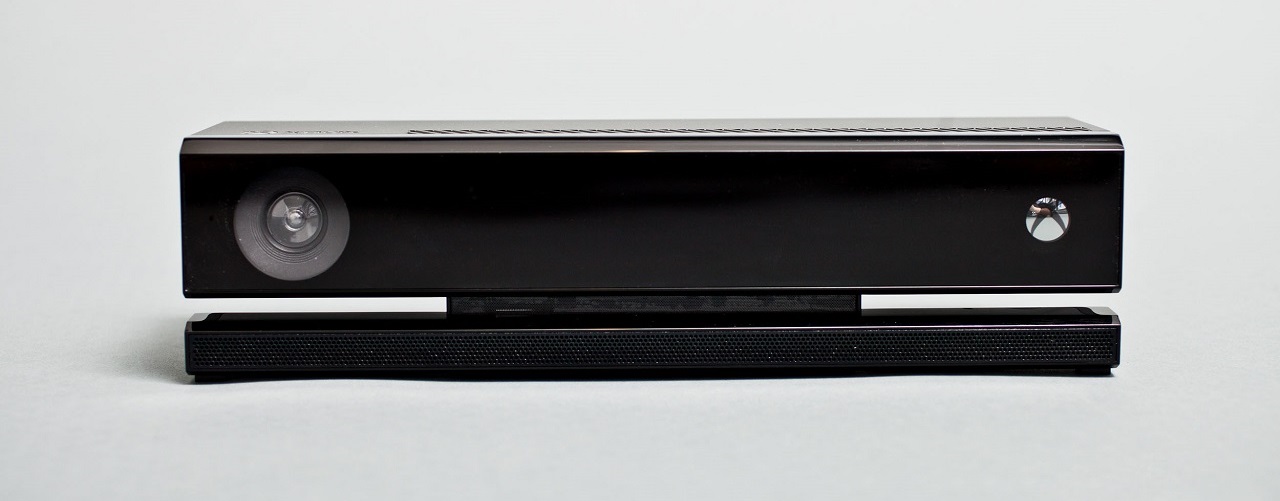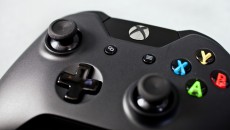It was only this May we brought you news that Microsoft was dropping the Kinect sensors’ mandatory pack-in status with every Xbox One console. At the time Microsoft was being scrutinsed for not being able to keep pace with Sony’s impressive PlayStation 4 sales figures, in part because the Kinect pack-in made the Xbox One a more expensive proposition than Sony’s machine ($499.99/£429.99 for the Xbox One versus $399.99/£349.99 for the PlayStation 4).
The removal of Kinect may have brought Microsoft price parity with their competition, but many now question the long-term value of a device that developers and publishers can no longer assume all Xbox One owners have. Responding to these criticisms the head of Xbox Phil Spencer told Games Industry that “A Kinect game relies on the successful Xbox One installed base […] I need to, as the head of Xbox, make sure that we’ve got a platform and a product offering that millions of consumers will love, and I stay focused on that. That’s where I’m at now. We’ll also continue to evolve what Kinect can do”.
Spencer is taking the position that healthy sales for the Xbox One in general will create an install base of users who might look to pick up a stand-alone version of Kinect: “Consumers love the device; they love the experience. They’ll buy it. They’ll either buy it at launch when they buy their console, or they’ll be able to buy it after the $399 console; they’ll pick it up and add it on later. And we’ll continue to make sure that experience is great”.
The Kinect-less Xbox One has just recently gone on sale as of June 3, so it remains to be seen if Kinect-less Xbox One adopters will see the same value in a stand-alone Kinect that Microsoft is assuming they will.




